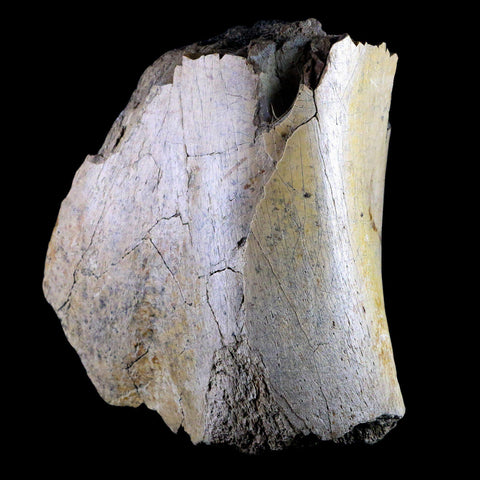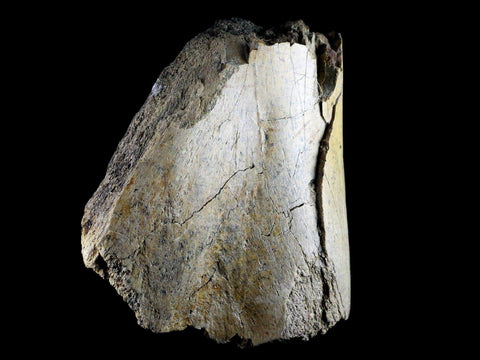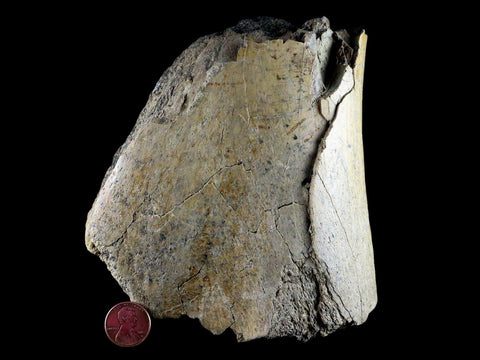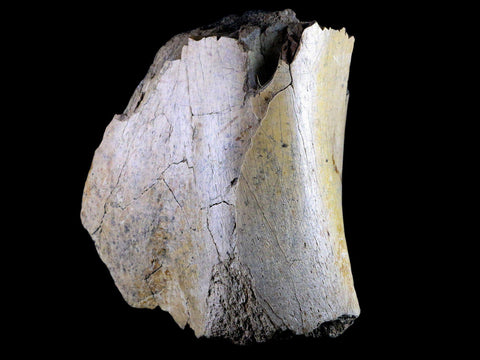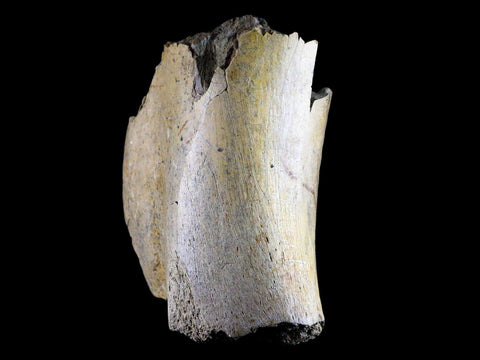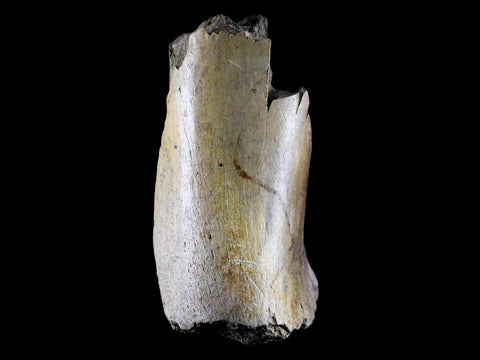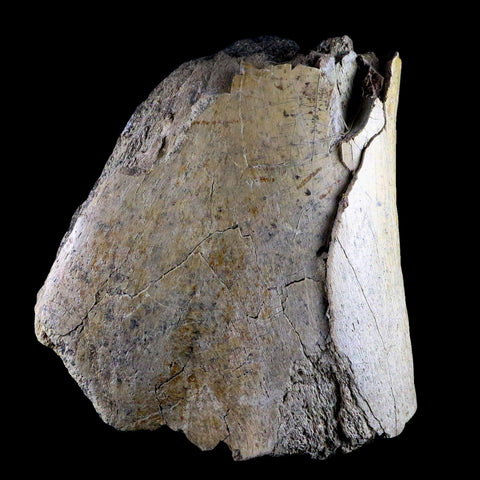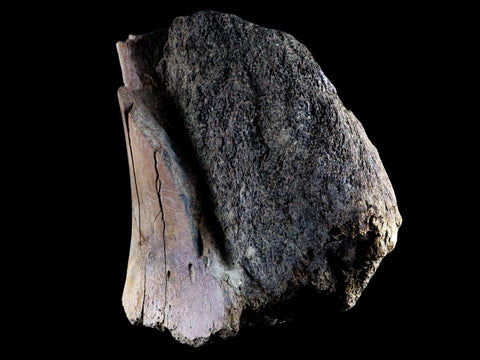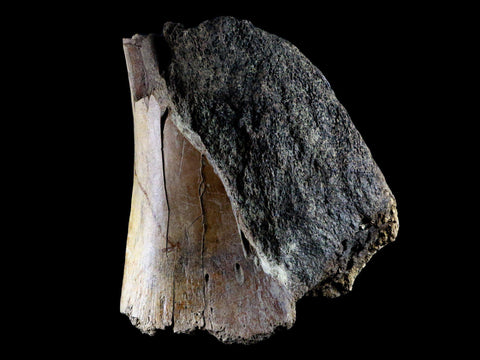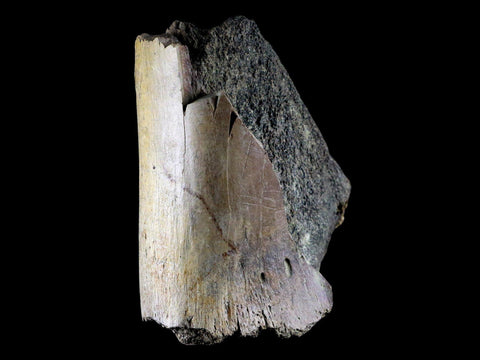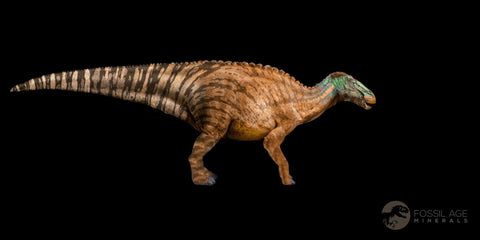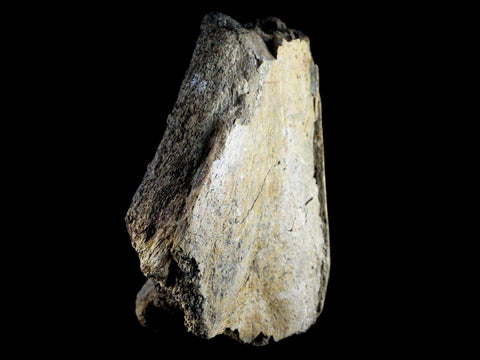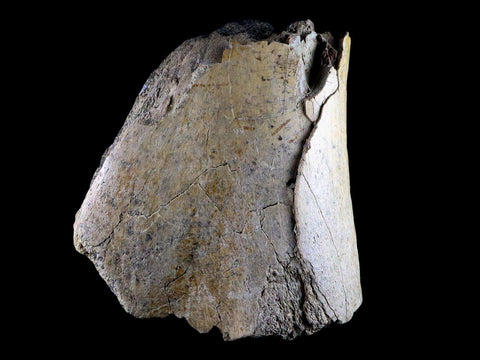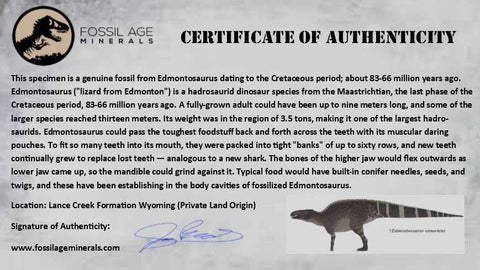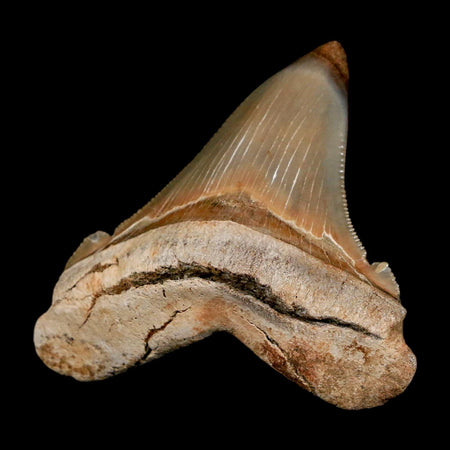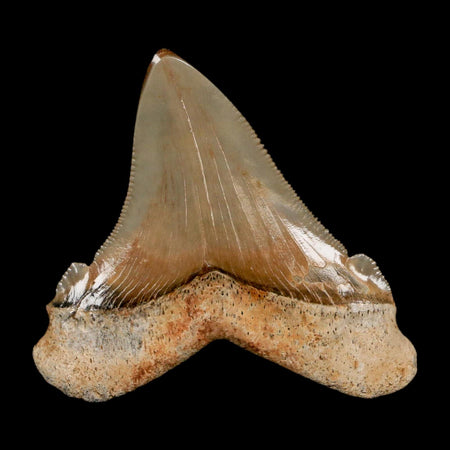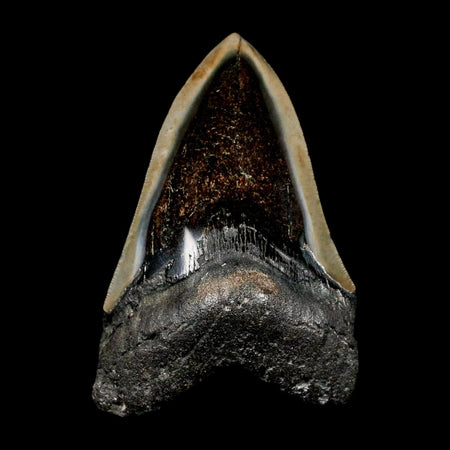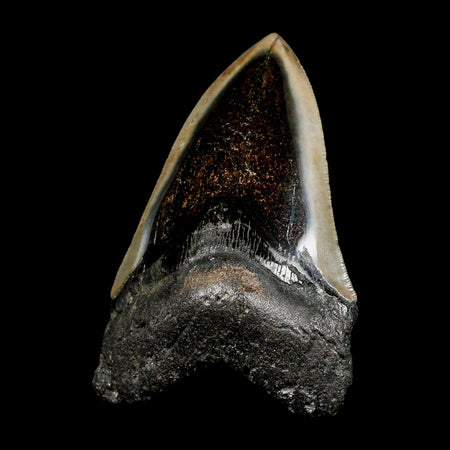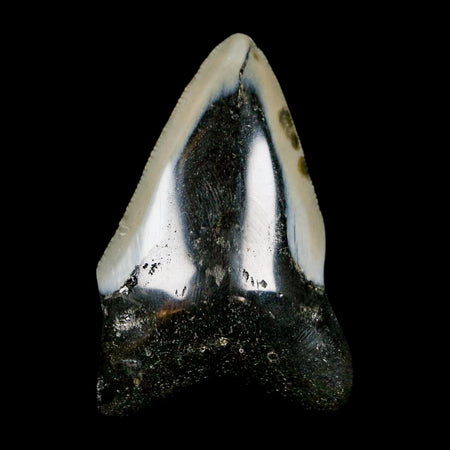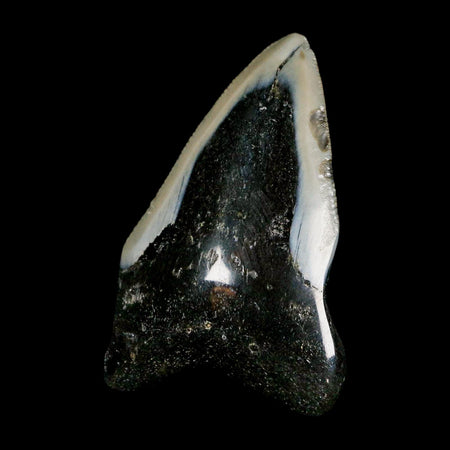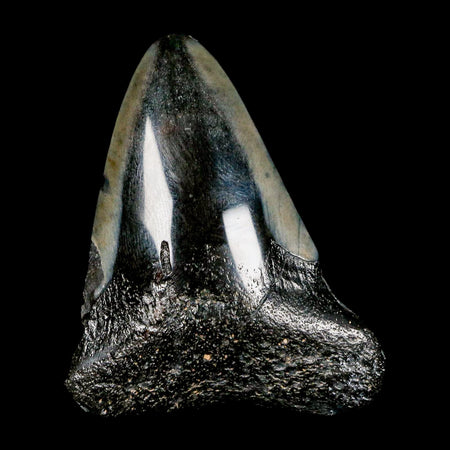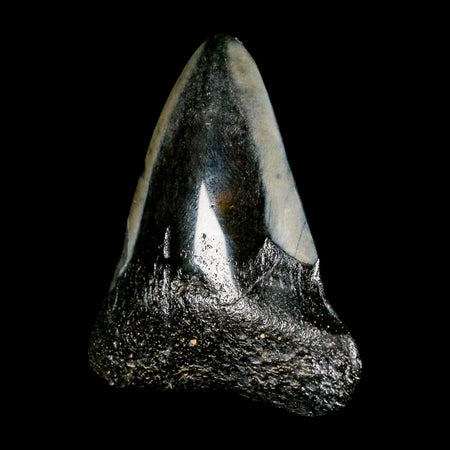5.3 Edmontosaurus Fossil Humerus Bone Lance Creek Cretaceous Dinosaur WY COA
Location: Lance Creek Formation, Wyoming (Private Land Origin)
Weight: 2 Pounds 6.2 Ounces
Dimensions: 5.3 Inches Long, 4.7 Inches Wide, 2.5 Inches Thick
Comes with a Certificate of Authenticity.
The item pictured is the one you will receive.
This is a genuine fossil bone, not a replica
Edmontosaurus, meaning "lizard from Edmonton," was a formidable hadrosaurid dinosaur from the Maastrichtian stage of the late Cretaceous, 71-65 million years ago. Adults could stretch up to nine meters, with some giants reaching thirteen meters in length. Weighing around 3.5 tonnes, it stood among the largest and most impressive hadrosaurids to ever roam the Earth.
Edmontosaurus could pass the toughest foodstuffs back and forth across the teeth with its muscular, daring pouches.
To cram countless teeth into its mouth, the Edmontosaurus packed them in tight clusters of up to sixty rows, constantly regenerating new teeth like a relentless shark. Its upper jaw bones flexed outward as the lower jaw closed, allowing a powerful grinding motion. Fossil evidence shows it fed on tough conifer needles, seeds, and twigs, proving it was a fearless tree-browsing herbivore.
The 1908 Wyoming discovery unveiled fossilized skin imprints of the Edmontosaurus, showcasing its scaly, leathery texture brilliantly preserved in mud. The unique placement of its thigh muscle beneath the skin created the impression that its leg detached at the knee, with the entire thigh concealed, giving it a remarkable duck-like appearance. Enhancing its striking presence, the dinosaur featured noticeable tubercles—distinctive bumps—running along its neck, back, and tail, making this fossil an exceptional piece for any collection.
Edmontosaurus was bipedal but could surely have walked on four legs. The forelimbs are shorter than the hindlimbs, but not so much that four-legged motivation was unfeasible. The front feet also had hooves on two fingers, and weight-bearing pads like folks of Camarasaurus. The rear feet had two toes, and all were hooked. The bone arrangement in the lower limbs suggests that both the legs and feet were attached to very influential muscles. The spine curved downwards at the shoulders, so Edmontosaurus would have had a low posture and would have browsed close to the ground. Despite the power of its limbs, Edmontosaurus would only have been slow-moving and had few defensive features. To survive, it must have had keen eyesight, hearing, and smell to get an early warning of predators.



